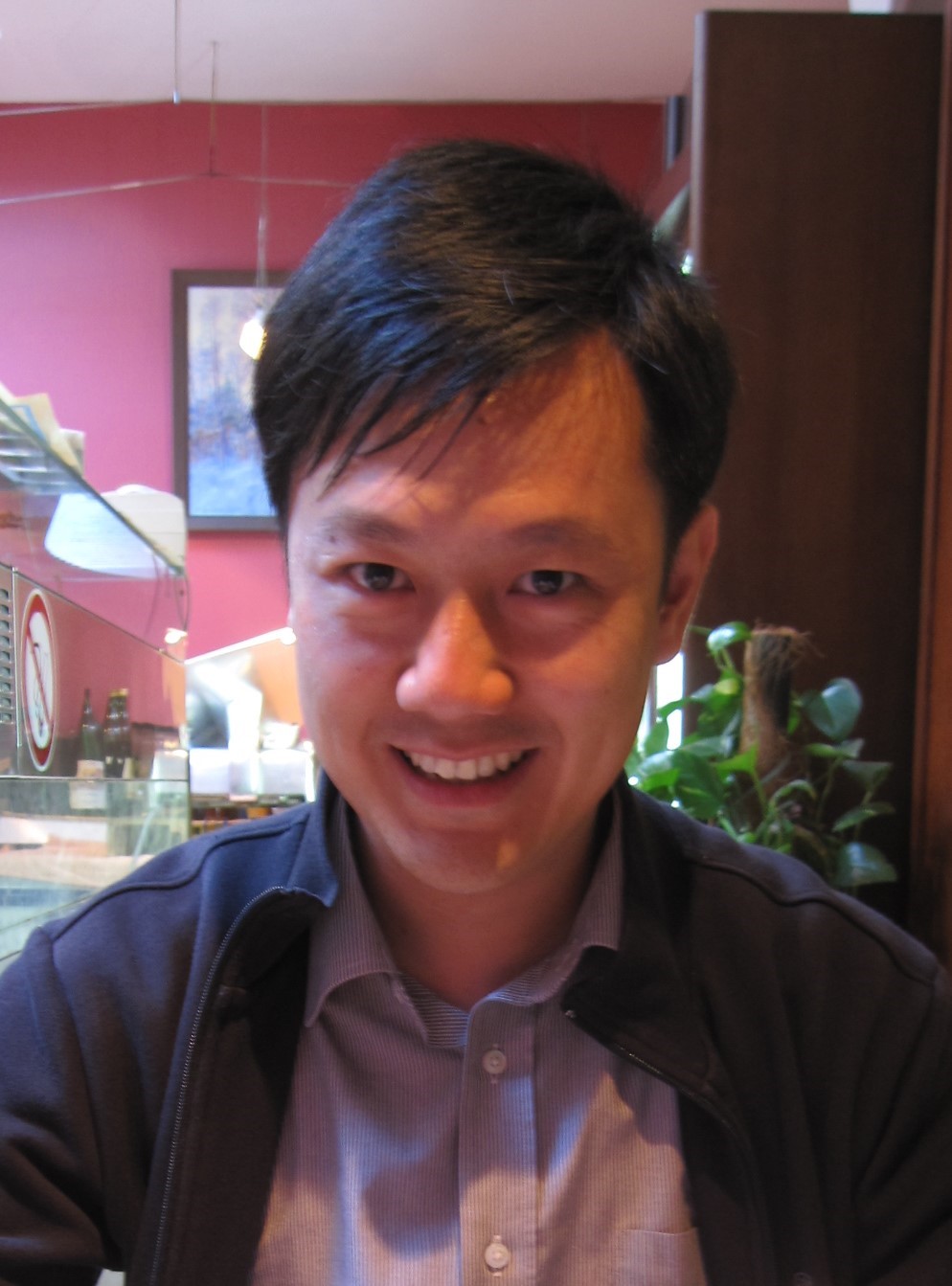 Prof. Winson Chiu Chun Lee
Prof. Winson Chiu Chun Lee
University of Wollongong, Australia
Title of Invited Talk
Wearable Technologies for Improving Human Movements technique for biomedical applications
Abstract of Invited Talk
Physical inactivity is the fourth leading risk factor for early mortality (Kohl et al., 2012). Low levels of physical activity are associated with a higher risk of cognitive decline (Blondell et al., 2014), cardiovascular conditions (Lee et al., 2012) and other non-communicable diseases (Lee et al., 2012). For this reason the WHO recommends adults, including those who are over 65 years, should perform at least 150 minutes of moderate-intensity physical activity every week (WHO, 2010). Meanwhile, older adults who are inactive are recommended to move from the category of ‘no activity’ to ‘some activity’. Walking is one of the easiest form of physical activity. A systematic review specifically indicates that walking reduces the risk of all-cause mortality, adjusted for other physical activities (Kelly et al., 2014).
Despite the importance of being physically active approximately three out of ten adults—about 1.5 billion people worldwide—are physically inactive, with much higher rates of inactivity among older adults (Hallal et al., 2012). The lack of walking among older adults could be explained by decline in their walking ability (Sergi et al., 2011), as aging-related loss of skeletal muscle mass reduces walking performance (Abellan van Kan, 2009). In addition, lower shock absorption ability of the plantar soft tissues among older adults (Hsu et al., 2005) can lead to higher chance of pain and discomfort upon walking long distances. Muscle weakening and fatigue can in turn reduce walking stability among older adults (Elhadi et al., 2017, Helbostad et al., 2010), which predisposes them to a heightened risk of falls (Sherrington et al., 2011).
To motivate people to walk more steps, regularly scheduled health talks, physical activity programs, phone calls reminding elderly people to keep up walking together with the use of pedometers are used. To reduce risk of fall especially among older adults, home adaptations (e.g. installing handrails), physical exercises such as Tai-chi are commonly used. However, all these approaches require a considerable amount of human resources. Increasing the level of physical activity and improving walking stability are what many previous studies have attempted to achieve but are still very challenging. An innovative approach to motivate older adults to walk more, that considers and addresses their reduced walking ability and stability, is required.
Dr Lee has led his team in developing mobile technologies to improve physical movements of various populations. His team has incorporated a biofeedback device into an instrumented prosthesis, which allows lower-limb amputees to sense different terrains and gain feedback relative to postural changes. Meanwhile, his team found that when the biofeedback device was embedded in the shoe sole, which gave vibration feedback to healthy older non-amputee participants regarding the direction and magnitude of body sway, the standing stability of the participants improved significantly. Similar balance improvements were noted in young adults who wore the instrumented shoe when they were standing on a floor that unexpectedly moved. Dr Lee’s team also developed a device which provided biofeedback regarding the weight-bearing characteristics of the feet of people with stroke, whereby the device was shown to significantly improve the walking patterns and foot loading characteristics of these individuals. He has comprehensively reviewed and found key design principles for biofeedback devices that give positive effects on static and dynamic balance among older adults. More recently, his team has successfully developed innovative prototypes of smart shoes, which have detected changes in symmetry in plantar forces, stance time and step length between two legs during prolonged walking among healthy older adults. In addition to developing innovative hardware for gait improvement, Dr Lee’s team also documented consistent changes in specific gait parameters displayed by older adults while they walked for up to one hour and who reported increased levels of perceived exertion. These changes suggest that specific gait parameters are likely to play an important role in enabling healthy older adults to walk safely for prolonged periods.
Dr Lee is currently the Academic Program Director for Biomedical Engineering at University of Wollongong. He also serves as the Associate Editor for the journal Physical and Engineering Sciences in Medicine as well as Topic and Guest Editor for the journal Sensors.

